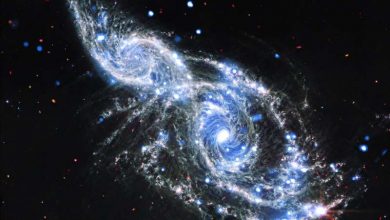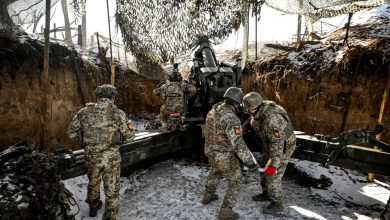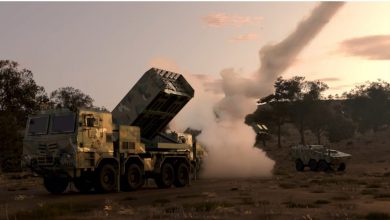Turkish corvette conducts joint training with Bangladesh Navy ship

The TCG Kinalıada corvette, the fourth ship of the Ada class of the Turkish navy, conducted “transit training” in the Bay of Bengal, according to the National Defense Ministry.
“Our TCG KINALIADA corvette, which continues its voyage to Japan, carried out ‘Transition Training’ with the BNS PROTTASHA corvette from the Bangladesh Naval Forces Command,” the ministry said in a post on X, formerly Twitter.
The post was accompanied by photos of the corvette sailing in the open sea. This training occurred as part of the corvette’s ongoing voyage to Japan.
The corvette, bearing the name of one of the islands in the Marmara Sea near Istanbul, embarked on the long-distance journey to the Far East on April 8 to mark the centenary of bilateral relations between Türkiye and Japan.
The trip, in addition to enhancing ties between the two countries, also aims to boost the visibility of the Turkish navy and promote national platforms.
The Kınalıada corvette has stopped by several ports since the start of its journey, including the Somali capital Mogadishu and Maldives Male, which it reached at the beginning of May, according to the ministry.
The warship is set to stay at sea for more than four months and visit 24 ports in 20 countries before arriving in Japan.
In 1924, with Tokyo ratifying the Treaty of Lausanne, Türkiye and Japan began diplomatic relations, followed a year later by the opening of the first Turkish representation in the country.
Source: Daily Sabah





